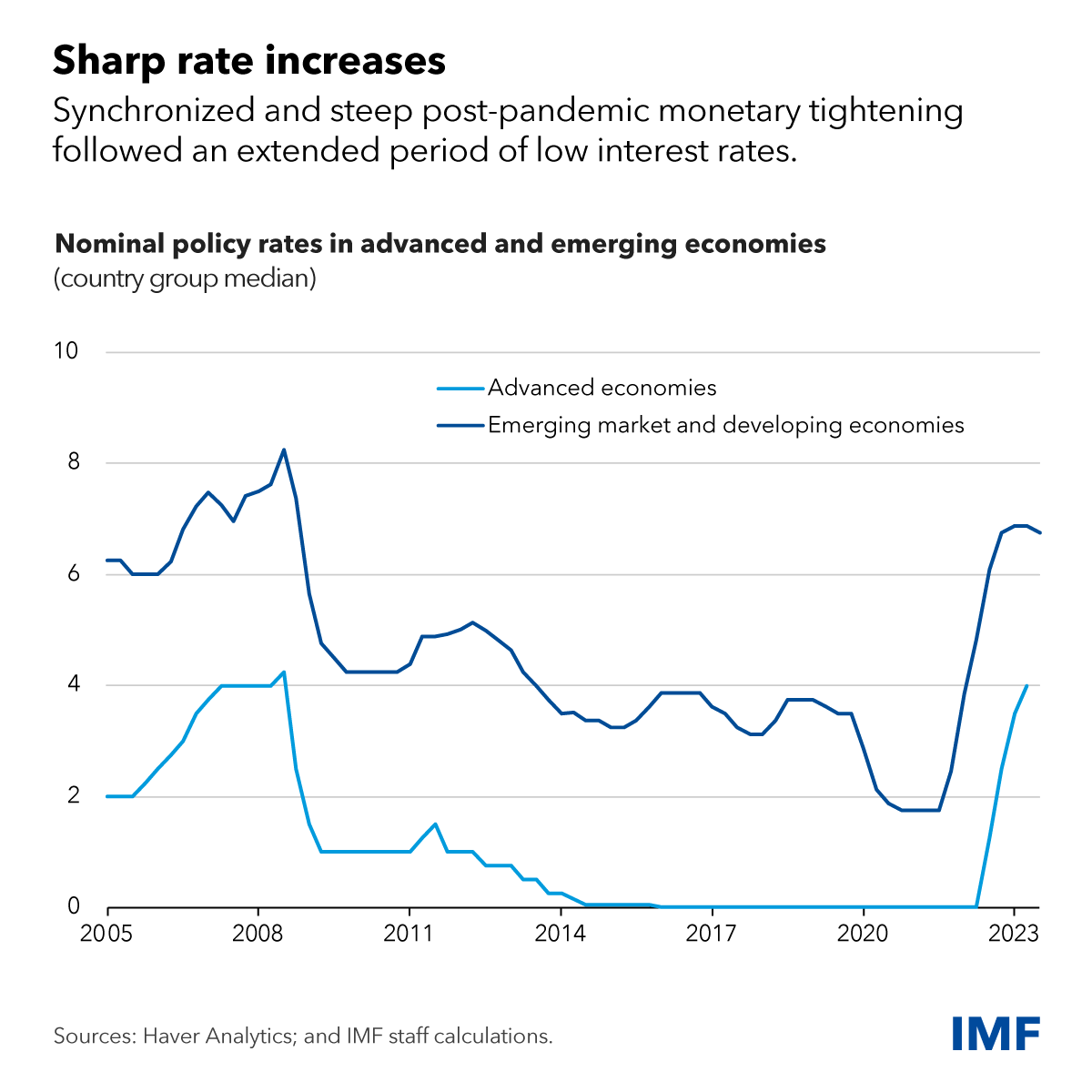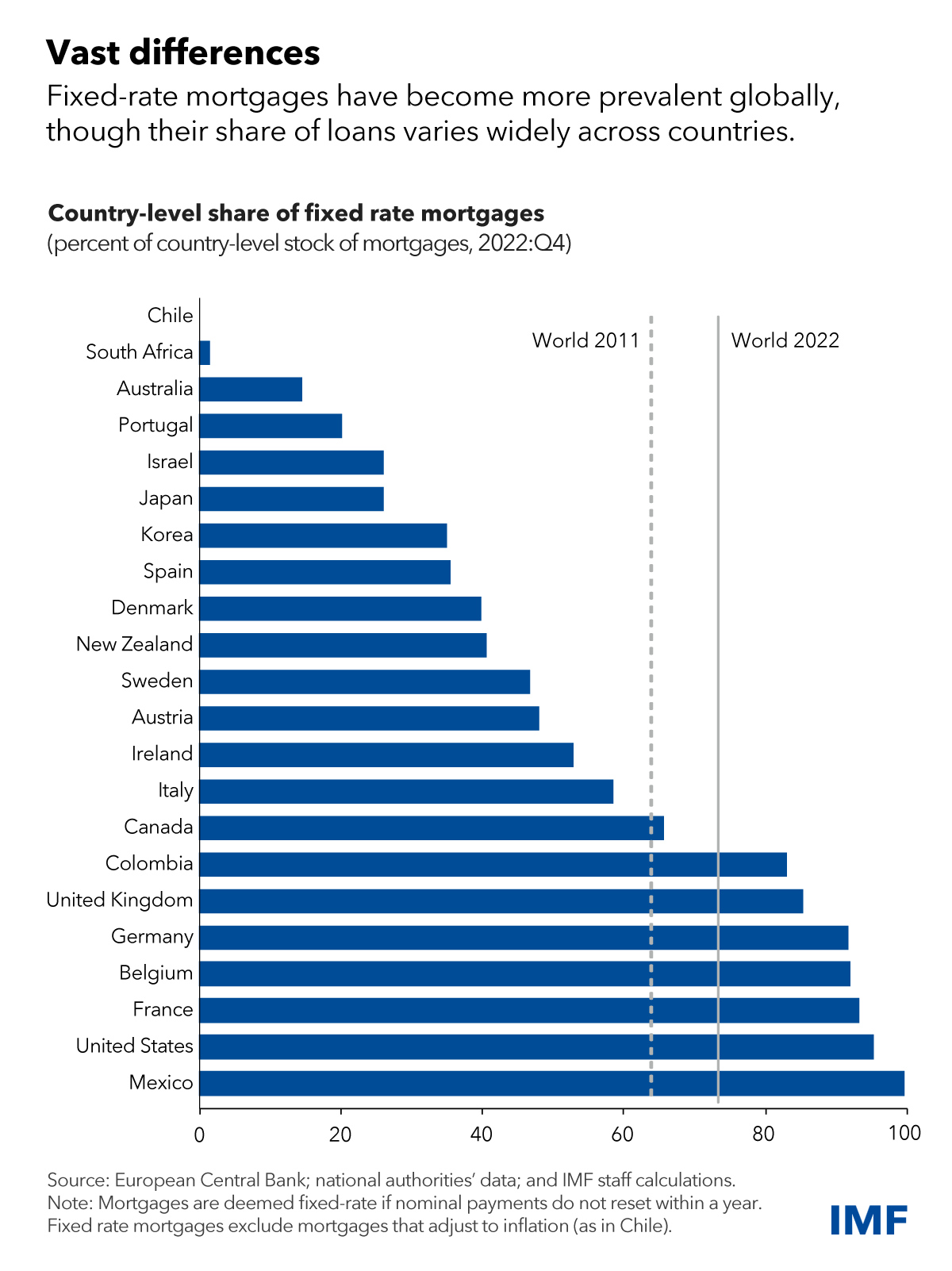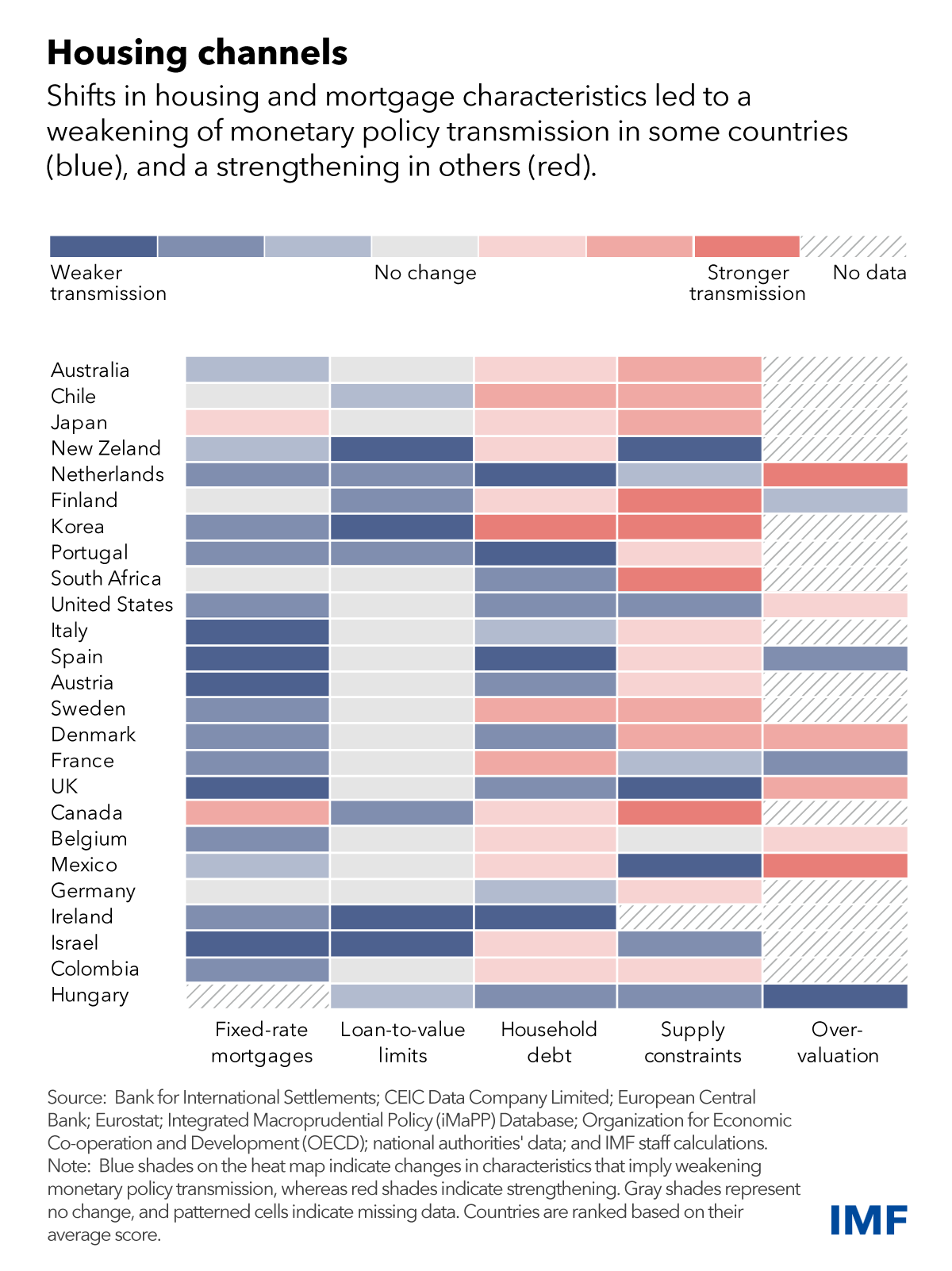When the COVID-19 pandemic hit the United States in early March 2020, the Fed quickly stepped in to limit the economic fallout. It reduced its interest rate target to near zero and purchased large quantities of U.S. Treasury bonds and mortgage-backed securities (MBS) by injecting reserves into the banking system. As a result of these purchases, the size of the Fed's balance sheet more than doubled from about $4 trillion prior to the pandemic to nearly $9 trillion at the start of 2022.
The Fed first engaged in this type of balance sheet expansion, popularly known as quantitative easing (QE), more than a decade ago. It was one of the then-unconventional monetary policy tools the Fed employed in reaction to the Great Recession. With its return during the pandemic, QE seems to have become a more routine part of the Fed's crisis toolkit. But there is still debate among economists over how and how well it works. And when it comes to the reverse process of shrinking the Fed's balance sheet, typically referred to as quantitative tightening (QT), economists know even less.
In response to inflation running well above its long-run target, the Fed began unwinding its accommodative monetary policy this year. This entailed ending QE in March and then beginning QT in June. When QE ended, the Fed reinvested any maturing securities to maintain the size of its balance sheet. With QT, the Fed stopped reinvesting up to $30 billion in maturing Treasuries and $17.5 billion in maturing MBS every month, passively shrinking its assets as those securities "roll off" without being replaced. Those caps are scheduled to rise to $60 billion and $35 billion, respectively, in September.
This process is similar to the one the Fed used when it last engaged in QT from 2017 to 2019, albeit at a faster pace. That brief prior period is the only other experience the central bank has had with shrinking its balance sheet, leaving little empirical evidence to draw on when it comes to calculating its effects. At a
press conference on May 4 following the Fed's announcement that it would begin QT in June, Fed Chair Jerome Powell offered, "I would just stress how uncertain the effect is of shrinking the balance sheet."
Given this uncertainty, what does the Fed hope to accomplish with QT, what does it want to avoid, and what do economists really know about using the central bank's balance sheet as a policy tool?






